Back to Courses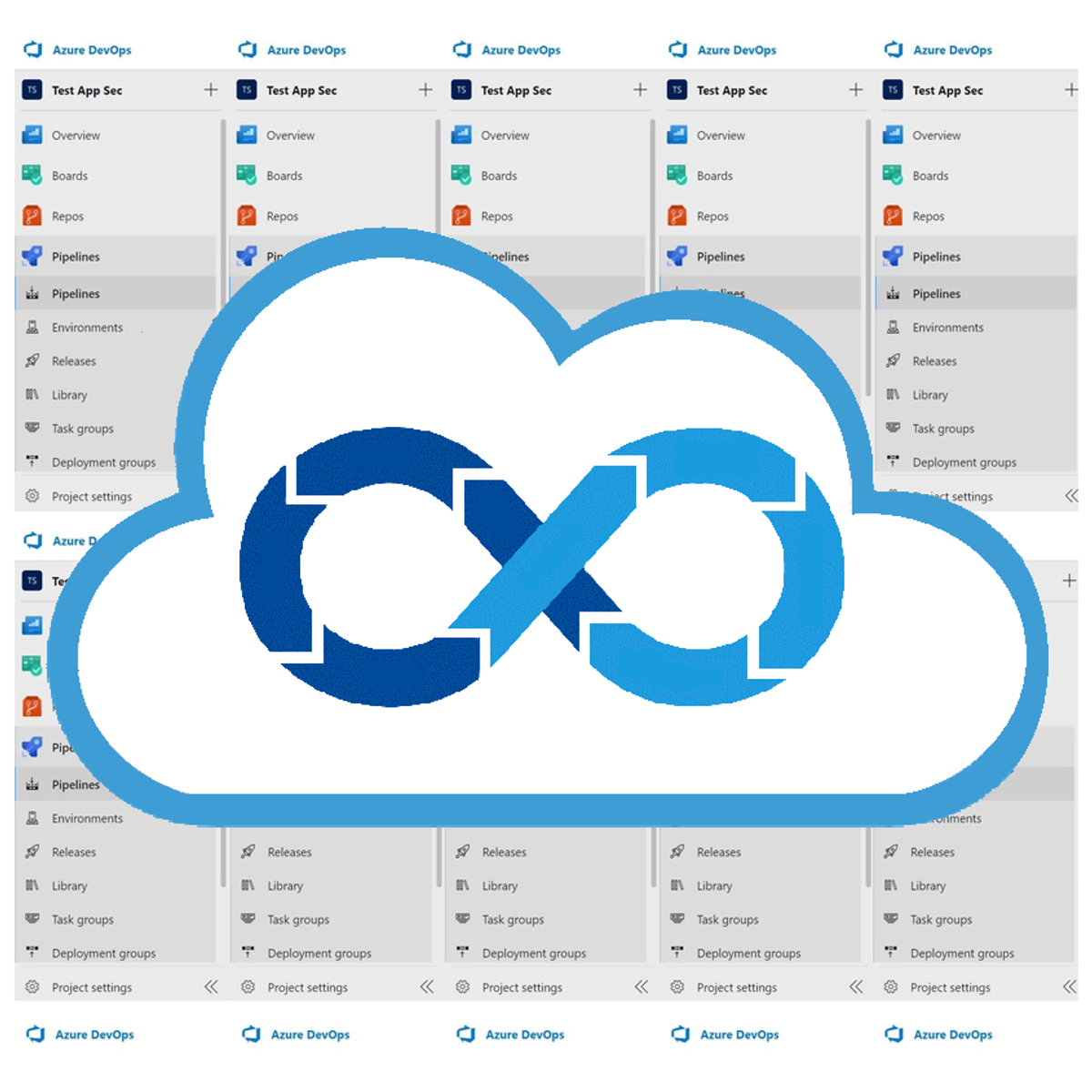
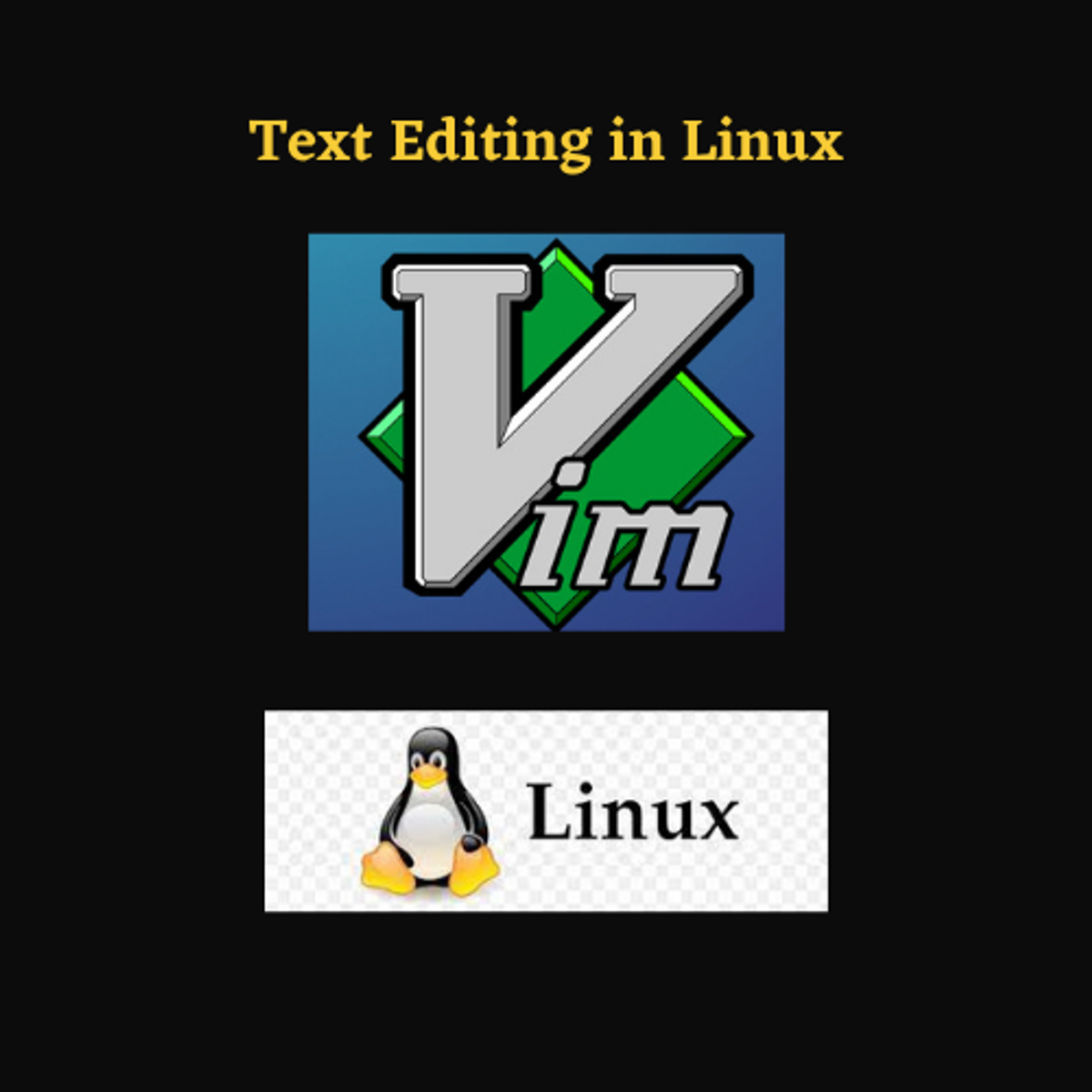
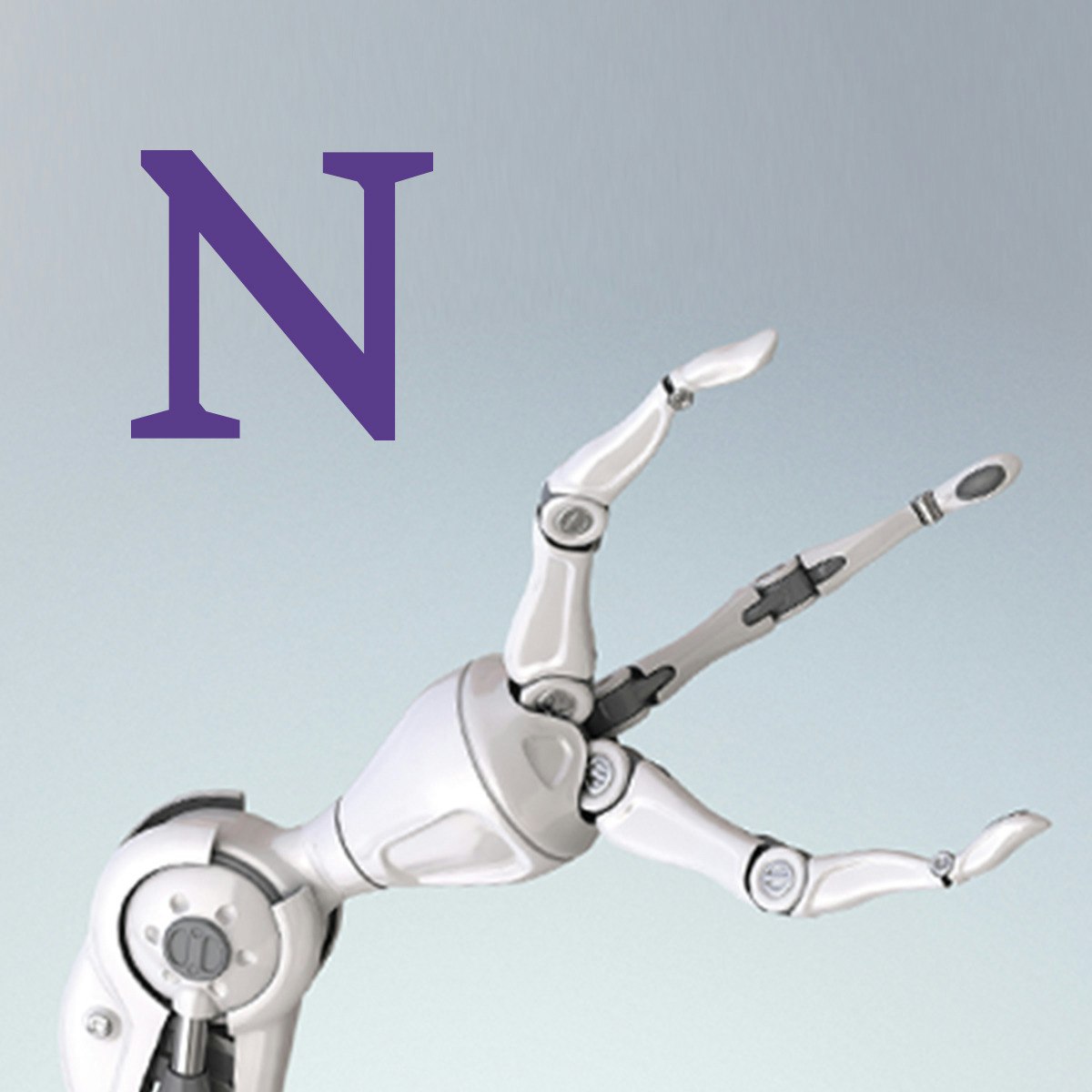

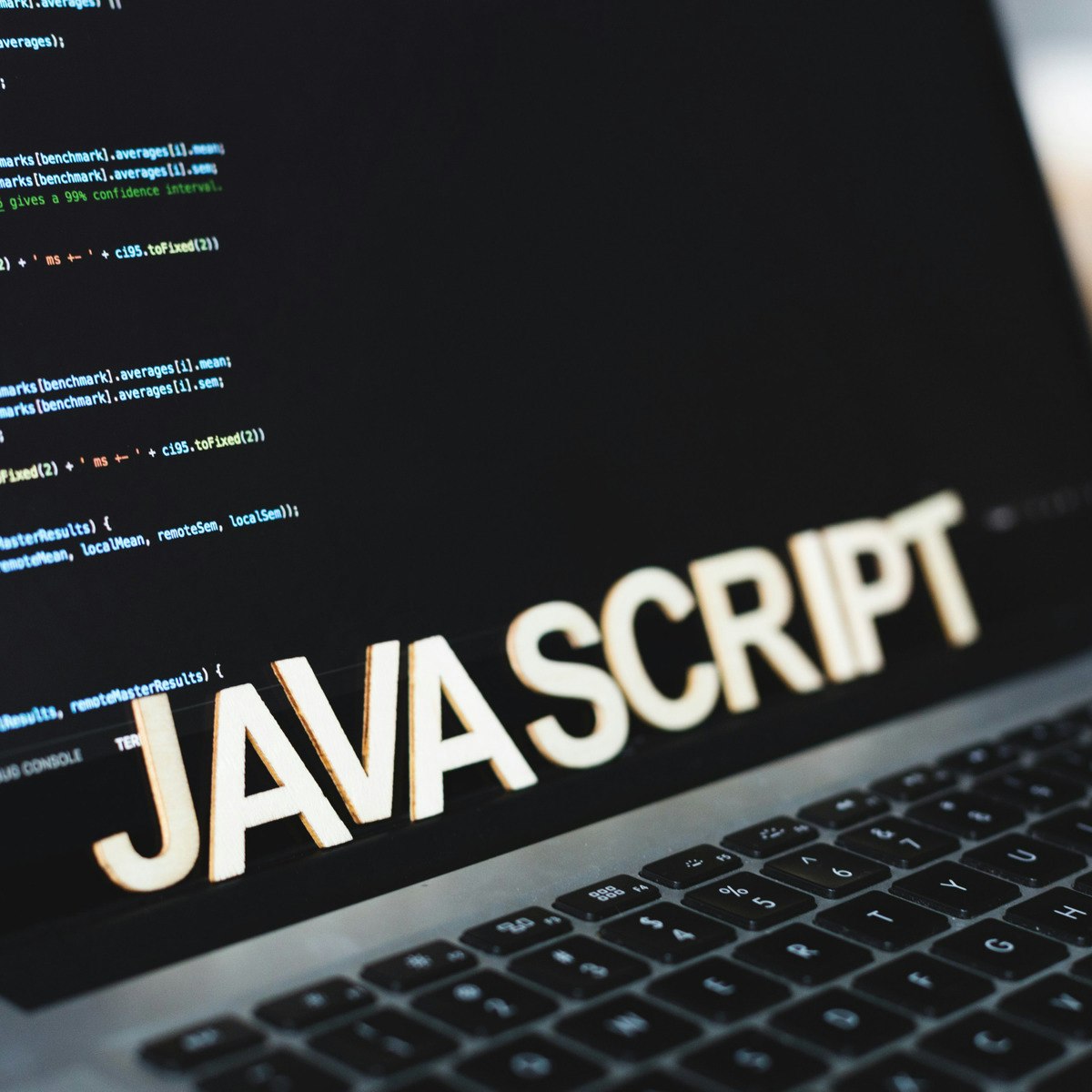
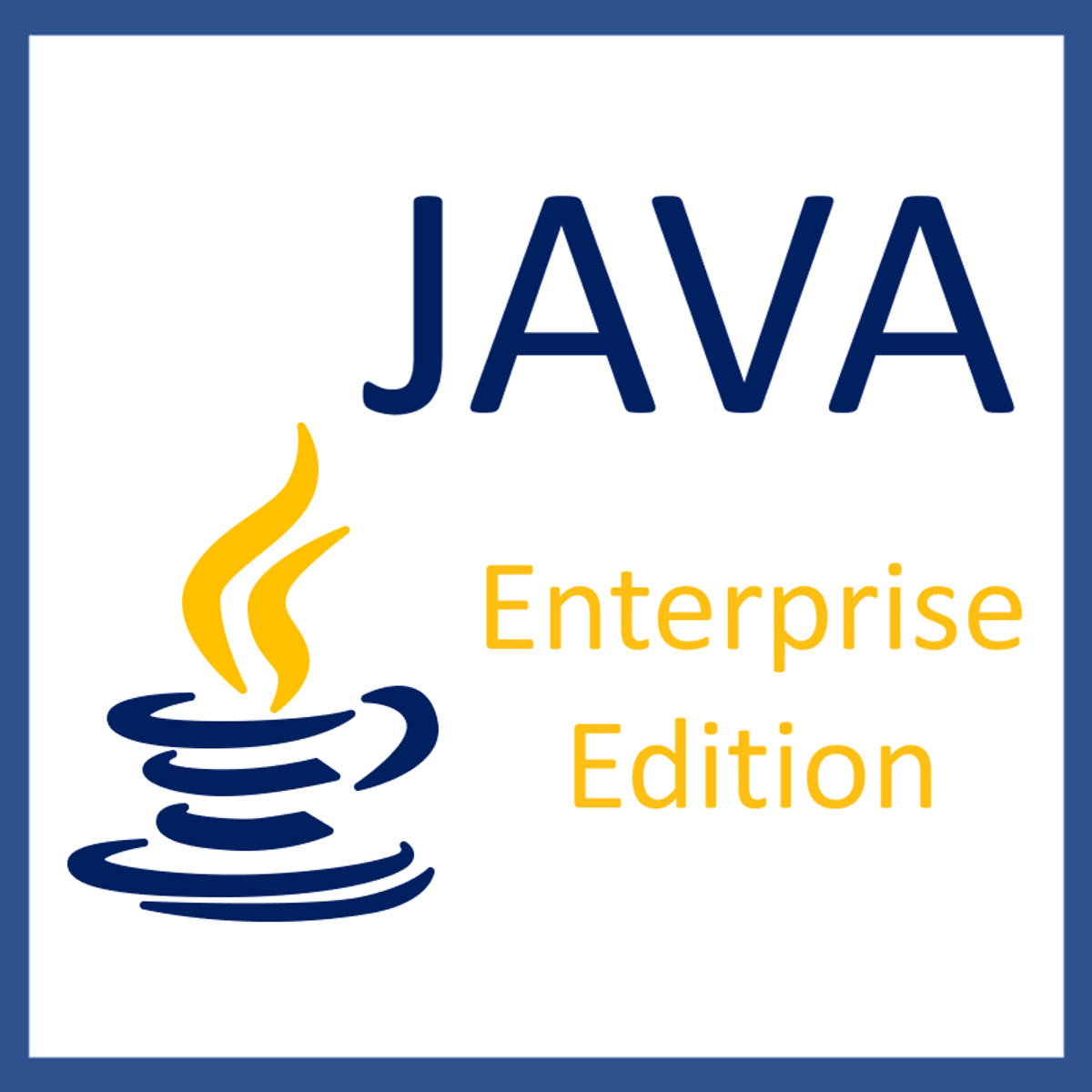
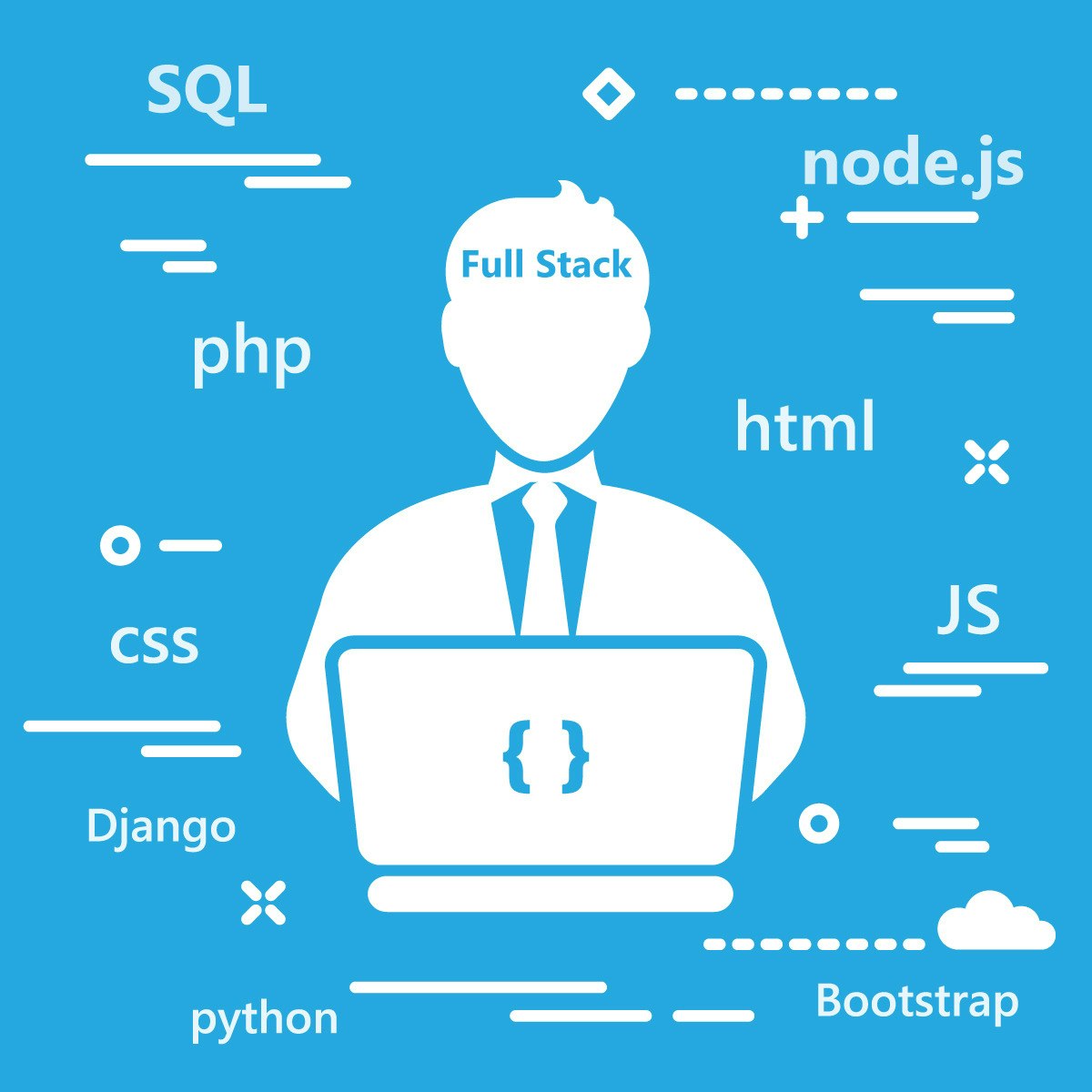


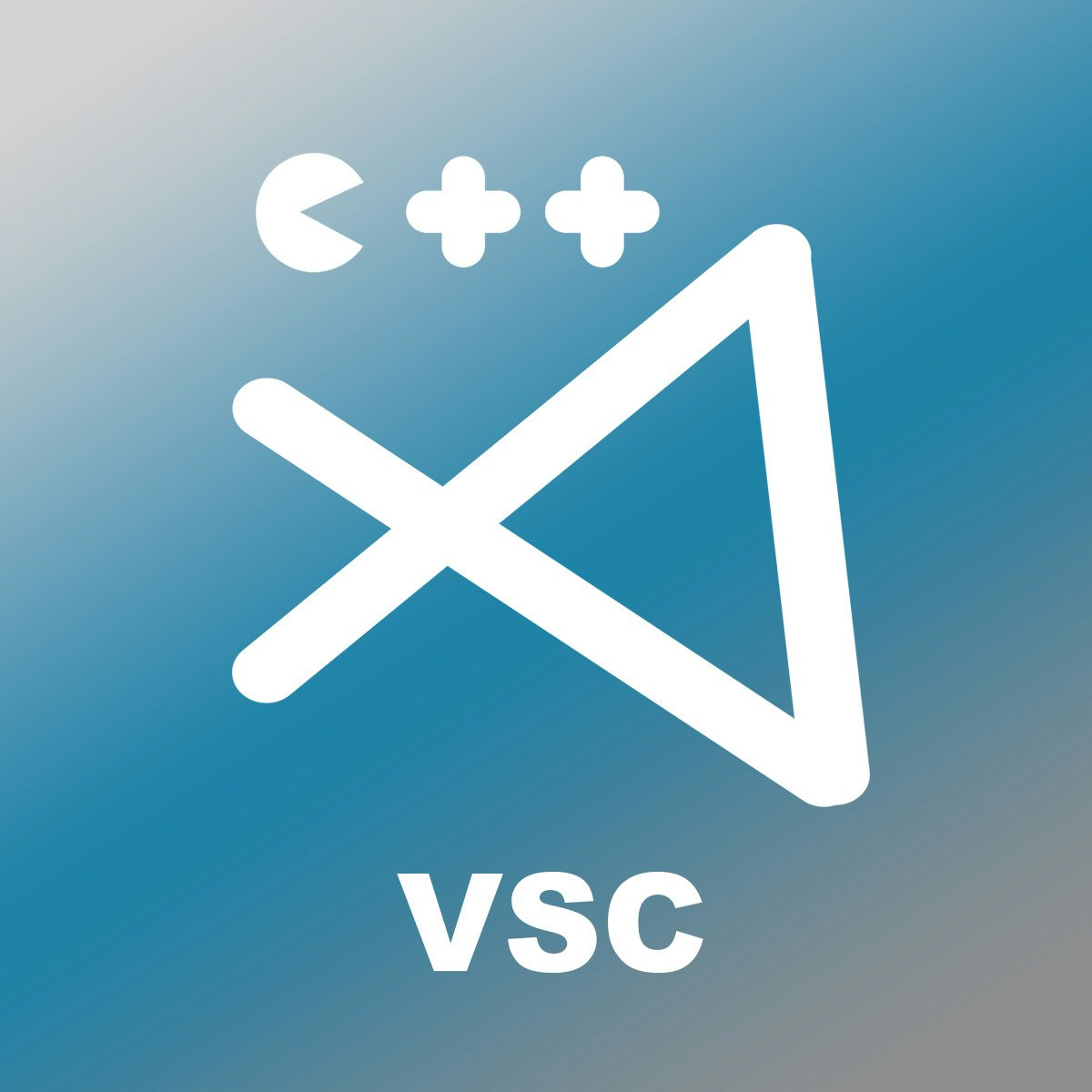
Software Development Courses - Page 89
Showing results 881-890 of 1266

Continuous Delivery and Managing Builds with Azure DevOps
This Guided Project is for IT professionals who want to raise the quality of their software products to a higher level by totally automating their software applications' build, test and packaging processes. In this 1-hour long project-based course, you will learn how to use Azure DevOps Services to safely store your applications' code in a source control and how to set up build pipelines and branch policies to automate packaging of your products and preparing them for deployment.
Since this project uses Azure DevOps Services, you will need access to an Azure DevOps account. In the video at the beginning of the project you will be given instructions on how to sign up for one.
If you are ready to start automating your applications' lifecycle management process, then this project is for you! Let’s get started!

Text Editing in Linux
In this guided project, you will learn about editing text with Linux using Vim which is one of the oldest and most advanced text editors with Linux. You will also learn about the various modes while using Vim and You will also learn how to highlight, search, replace and delete contents of a file.

Modern Robotics, Course 3: Robot Dynamics
Do you want to know how robots work? Are you interested in robotics as a career? Are you willing to invest the effort to learn fundamental mathematical modeling techniques that are used in all subfields of robotics?
If so, then the "Modern Robotics: Mechanics, Planning, and Control" specialization may be for you. This specialization, consisting of six short courses, is serious preparation for serious students who hope to work in the field of robotics or to undertake advanced study. It is not a sampler.
In Course 3 of the specialization, Robot Dynamics, you will learn efficient numerical algorithms for forward dynamics (calculating the robot's acceleration given its configuration, velocity, and joint forces and torques) and inverse dynamics (calculating the required joint forces and torques given the robot's configuration, velocity, and acceleration). The former is useful for simulation, and the latter is useful for robot control. You will also learn how to plan robot trajectories subject to dynamic constraints.
This course follows the textbook "Modern Robotics: Mechanics, Planning, and Control" (Lynch and Park, Cambridge University Press 2017). You can purchase the book or use the free preprint pdf. You will build on a library of robotics software in the language of your choice (among Python, Mathematica, and MATLAB) and use the free cross-platform robot simulator V-REP, which allows you to work with state-of-the-art robots in the comfort of your own home and with zero financial investment.

AR (Augmented Reality) & Video Streaming Services Emerging Technologies
Welcome to the course “Augmented Reality & Video Service Emerging Technologies.” The level of AR (Augmented Reality) and advanced video & multimedia technology included in a product is what determines the level of value and luxury. The objective of this course is to teach all important technologies that are used in state-of-the-art AR, Skype, and YouTube video and multimedia products and services. This includes the advanced video and real-time multimedia delivery mechanisms based on H.264/MPEG-4 AVC, MPEG-DASH, CDN, and mobile CDN. If you have knowledge of these core technologies, you can understand the operations that are used in every advanced video and multimedia system in the World. As the future World of business and products are driven to be more and more video and multimedia oriented, having knowledge of these core technologies will enable you to lead your company to become the true World leader in AR and video multimedia technology products, services, and business. Thus, I cordially welcome you into the beautiful and powerful World of advanced AR and video multimedia!

JavaScript Essentials For Beginners
In this 1.5-hour long project-based course, you will learn JavaScript essential functions and you will learn how to make a website interactive by using JavaScript.
You will learn JavaScript built-in functions, user-defined functions, dialog boxes, and many more techniques required to make your web application alive.
By the end of this project, you will be able to implement JavaScript in your web projects and make your website interactive.

Managing Scope in a Java Enterprise Edition Application
We’ll learn the purpose and some of the features of sessions. We’ll review basic servlet construction, examine servlet lifecycle, and take a look at how servlets maintain state. We’re going to dive a little deeper into session management, including request scope, application scope, and cookies.

Full Stack Cloud Development Capstone Project
In this project you will demonstrate the skills that you have mastered in cloud native application development. You will apply your new knowledge to a real-life challenge and use your expertise to develop a successful solution.
The project provides you with an opportunity to solidify your full stack proficiency. As you design a dynamic user experience, you will work with GitHub actions to build, test, and deploy your application. You will develop frontend pages, add user administration, build actions for database operations, create backend services, make connections with cloud native APIs, and launch CI/CD pipelines. You will boost your capabilities with cloud native services, JavaScript, Django, JSON, IBM Cloud Foundry, Python, and Kubernetes. Then you will devise a solution for managing the containerized deployment of your application.
When you complete this project, you will have a working cloud native application showpiece that will impress potential employers.

Building Regression Models with Linear Algebra
In this course, you'll learn how to distinguish between the different types of regression models. You will apply the Method of Least Squares to a dataset by hand and using Python. In addition, you will learn how to employ a linear regression model to identify scenarios. Let's get started!

Azure Data Factory : Implement SCD Type 1
In this project, you will learn how to implement one of the most common concept in real world projects i.e. Slowly Changing Dimension Type 1, using Azure Data Factory.
Pre-requisites:
Azure subscription
Azure Data Factory knowledge (Basic)
Following are the tasks covered in this project:
Task 1: Understand Slowly Changing Dimension (SCD) Type 1
In this task, we will try to understand the concept of Slowly Changing Dimension and its different types, but will focus on Type 1 using a simple example.
Task 2: Create Azure services like Azure Data Factory, Azure SQL Database
In this task, we are going to create the azure services like azure data factory and azure sql database which are going to be used in later tasks. Azure sql database is going to contain the staging and dimension table whereas azure data factory is going to be used to create the data pipeline
Task 3: Create Staging and Dimension Table in Azure SQL Database
In this task, we will create the staging and dimension table in azure sql database. Also, we will insert some dummy records in staging table
Task 4: Create a ADF pipeline to implement SCD Type 1 (Insert Logic)
In this task, we are going to create the pipeline in azure data factory and implement the logic to insert new records which exists in staging table but doesnt exist in dimension. This is one scenario/use case of SCD Type 1.
Task 5: Create a ADF pipeline to implement SCD Type 1 (Update Logic)
In this task, we are going to create the pipeline in azure data factory and implement the logic to update records which exists in staging table as well as in dimension. This is another use case/scenario of SCD Type 1
Task 6: Demo of ADF pipeline
This is final task in which we will run the pipeline to see whether it satisfies both the use case/scenario of SCD Type 1
All the Best !!

Configuring the C/C++ Extension Pack with Visual Studio Code
In this 1.5 hours guided project, you will learn how to install, configure and use the C/C++ extension pack in Visual Studio Code. At the end of the class, you will be familiar with the major components of the extension pack. You will also be able to build, debug, customize your development experience, and distribute your configurations to other workstations. Topics include C++ colorization, Intellisense, build, debug, CMake tools, SSH remote development, and Doxygen documentation generator. Basic C or C++ programming experience is highly recommended.
Popular Internships and Jobs by Categories
Browse
© 2024 BoostGrad | All rights reserved


